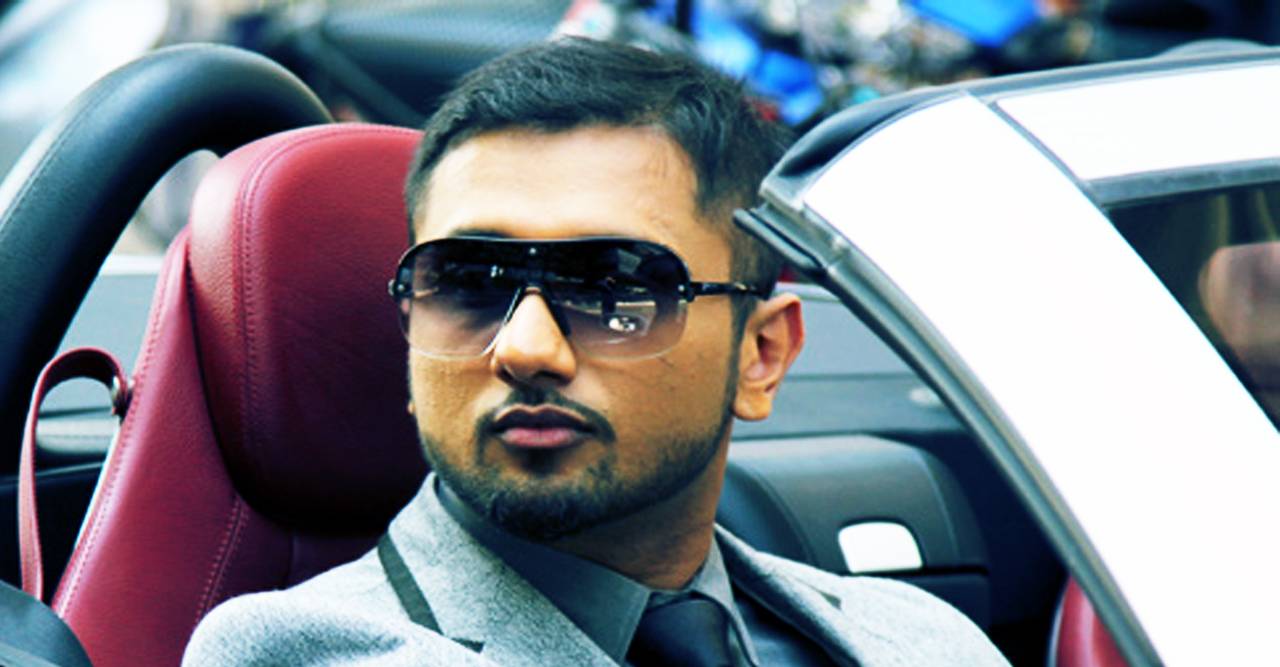
“Kashmiri Pandits are the new Punjabis,” is a statement I have often made among my relatives in the past. They have taken onto most things Punjabi since being thrown out of the valley in the late 1980s and settling primarily in Delhi and Jammu.
And nowhere is this conversion more visible than during a Kashmiri wedding. Over the years it has become as big a show off and as ostentatious as a Punjabi wedding.
And what is a Punjabi wedding without a deejay playing the songs of Yo Yo Honey Singh and people dancing to it?
Last night I was out attending the pre-wedding celebrations of a cousin. Yo Yo Honey Singh was on full blast singing about dope-shope, daaru-shaaru and kudiyan-shudiyan. As was Mamata Sharma singing “main to tandoori murgi hoon yaar gatak le mujhe alcohol se”.
As I walked out of the community centre where the event was happening, there were several other weddings happening in the area and the one thing that seemed to be common to all the loudspeakers blaring out music after the deadline of 10pm was Yo Yo Honey Singh and his take on how he thinks the world is and should be.
What this anecdotal evidence clearly tells me is that Honey Singh is back in the good books of the Dilliwallahs and they seem to have completely re-accepted him and in the process rehabilitated him and the legacy he is creating. This after all the trouble they had a few week backs with his songs and the fact that they ‘encouraged’ men to rape women. Now they don’t mind playing his songs full blast at a wedding.
Honey Singh himself is also back to his good old ways. He has a new song out and its called punjabiyan di battery charge rehndi haifrom the movie Mere Papa ki Maruti. In this song Honey Singh tells youngsters about the importance of daaru and large pegsin having a good time and ensuring that there batteries are always charged up. He also talks about a desi feel which sounds more like desi weed. This is a tactic straight out of his other hit songs where the word weed is used with other similar sounding words, so as to create enough doubt in the mind of the listeners, as to what is he actually singing?
Hence, Honey Singh is clearly back in business. The angst against him has died down and gone away very quickly and in a way as if it never really existed. Or as someone told me at the pre-wedding function yesterday, when did Delhi ever stop playing Yo Yo Honey Singh? “It was only a few dented-painted types who had a problem with his music and they are now done with their protesting,” went the remark.
The question that we need to ask is whether songs of Yo Yo Honey Singh encourage men to drink and dope, like a few weeks back they encouraged men to rape women? Someone as important as Rahul Gandhi had concluded a few months back that seven out of 10 youth in Punjab are drug addicts.
So has Yo Yo Honey Singh had a role to play in that? Or are his songs a reflection of the way Punjab and its youth have evolved?
Or as the oft asked cliché on the Hindi film industry goes “Is cinema a reflection of the society?” or is it the other way around? Do forms of popular culture (which is what Hindi cinema and Yo Yo Honey Singh are) reflect what is going on in the society or are they the cause of what is going on in the society?
The truth, though not obvious, lies somewhere in between. Gulzar had a very interesting answer for this in a recent interview published in The Indian Express. When asked about whether the “izzat lootna” and “bhagwan ke liye mujhe chhod do” scenes in Hindi cinema, were also the cause of women being raped, among other reasons, this is what he had to say. “The problem is that when we read about such incidents in newspapers, we feel angry, we feel bad and it pains us. But in cinema, the same thing becomes entertainment… This should not have happened. A filmmaker’s mindset also matters a lot. It’s very important for a filmmaker to know what impact it can make. It should not be made a medium of entertainment…But it would be wrong to say that it has come from cinema. This has come into cinema from society.”
The same logic applies to Yo Yo Honey Singh as well when he talks about dope and drink. His songs may reflect what he sees around him but at the same time they have been responsible at some level for making “doping” and “drinking” cool.
The same stands true for item numbers dished out by the Hindi film industry, while the tunes might be catchy, but at the end of the day they do make the commodification of women, entertaining.
This is a fact that even women don’t realise. And that perhaps explains why I saw a host of educated women dancing away to glory last night to songs like “main to tandoori murgi hoon yaar gatak le mujhe alcohol se” and “pallu ke peeche chipa ke rakha hai utha doon to hungama ho jaaye”.
And what about the men? Well. They have always had a good time.
Truth, as they say, is stranger than fiction.
The article originally appeared on www.firstpost.com on January 29, 2013.
(Vivek Kaul is a writer. He can be reached at [email protected])